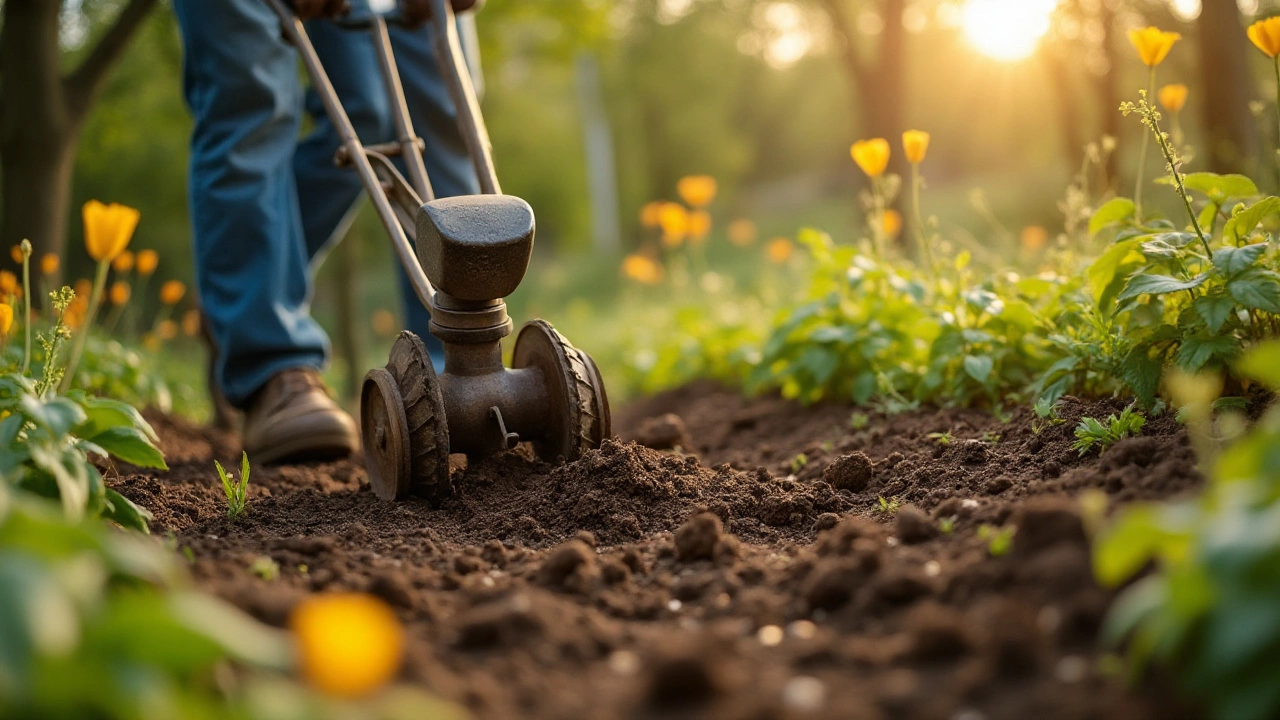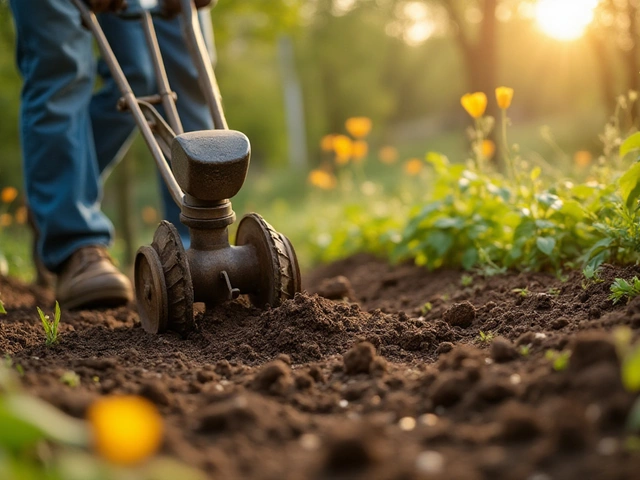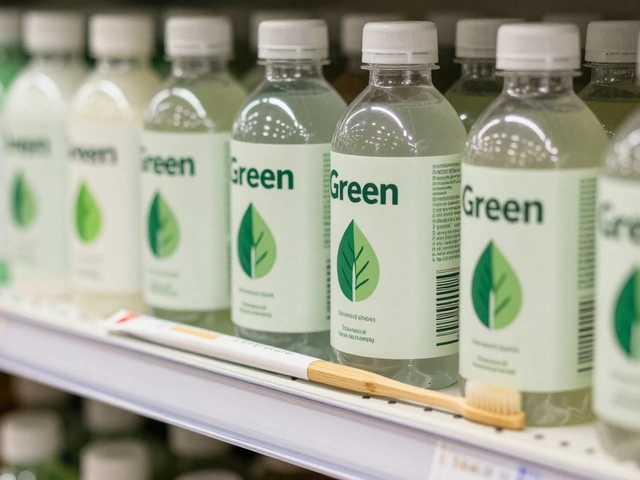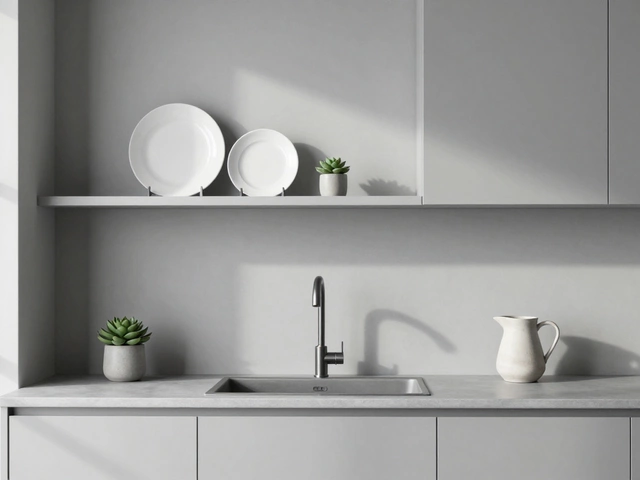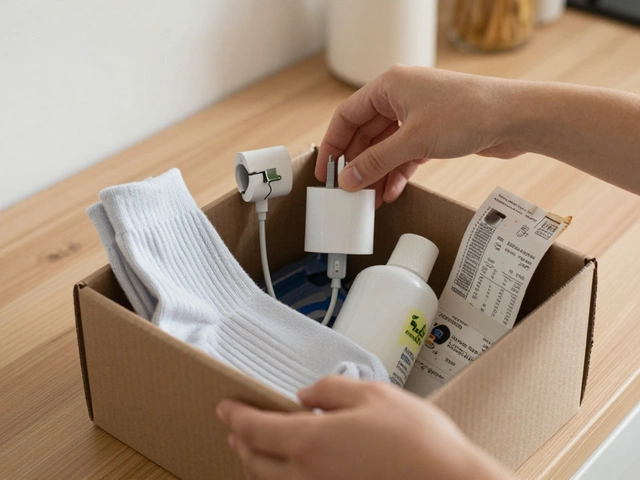As garden enthusiasts, we often find ourselves pondering the mysteries of soil and growth. One question that commonly arises is how many times we should till our garden before settling in for the planting season. It's a query with more depth than one might initially assume, as tilling isn't merely a mechanical task—it’s an intricate dance with the earth beneath our feet.
Tilling your garden allows you to break up compacted soil, improve aeration, and mix in organic matter, each step fostering a fertile foundation for seeds to sprout and flourish. However, understanding the right balance of tilling is crucial. Too often, and you risk disturbing valuable soil organisms and structure; too little, and your garden may suffer from poor aeration and drainage issues.
Let's embark on a journey to unravel the best strategies for tilling, ensuring that you're perfectly in sync with the unique needs of your garden's soil. Discover what factors influence how often you should engage in tilling, the types of tools that can make it more efficient, and how to keep your gardening endeavors both sustainable and fruitful.
- The Role of Tilling
- Evaluating Your Soil Type
- Tools and Techniques for Effective Tilling
- Timing and Frequency of Tilling
The Role of Tilling
Tilling holds a central place in gardening, acting as the essential first step towards cultivating a vibrant and thriving plot. This ageless practice is akin to an art, one where the gardener becomes a conductor, orchestrating the harmonious interaction between soil and seed. At its core, tilling is about rejuvenating the soil, an effort to break apart compacted layers, which can become hard as stone over time, particularly in heavily trodden areas. This action not only loosens the soil but significantly improves its aeration, allowing oxygen to penetrate the depths. Oxygen is vital for root development and the proliferation of beneficial organisms that turn organic matter into usable nutrients for plants.
In the world of gardening, organic matter is often hailed as the secret to vigorous plant growth. The inclusion of composts and manure during the tilling process opens up a portal for these nutrients to reach deeper layers of soil. When you blend these elements effectively, it transforms the soil into a nutrient-rich powerhouse. Yet, tilled land presents more than fertile ground for planting. It also sets the stage for better drainage and water retention. These properties are incredibly crucial, especially in areas prone to unpredictable weather patterns, as they prevent both the waterlogged soil that stifles root systems and the drought-ravaged ground where roots struggle to draw moisture.
On an ecological level, tilling interacts with an entire universe of microorganisms and insects. A well-tilled soil becomes a playground for earthworms, which are often dubbed "nature's plows" due to their ability to further aerate the soil. Their presence is a marker of healthy soil. However, it's imperative to remember the fine balance—tilling too frequently can upset this equilibrium, displacing these beneficial organisms and leaving your soil less robust than before. "The key to successful tilling is moderation and understanding the specific needs of your soil," says gardening expert Monty Don.
"A garden is a friend you can visit any time," he reminds us, emphasizing the symbiotic relationship we must nurture with our green spaces.
Akin to most gardening tasks, the methods employed and their frequency can vary based on the type of soil and the plants you intend to grow. Not all soils require the same degree of disruption; sandy soil, for instance, might not need extensive tilling, while clay-heavy soil greatly benefits from regular aeration. Understanding these subtle nuances will guide you in determining when and how to till effectively. Tilling also plays a part in weed management, turning the tables on stubborn weeds by exposing their roots to the sun, ultimately drying them out. Yet, it pays to be cautious, for aggressive tilling can inadvertently propagate certain types of perennial weeds, making careful observation a keen ally in your gardening endeavors.
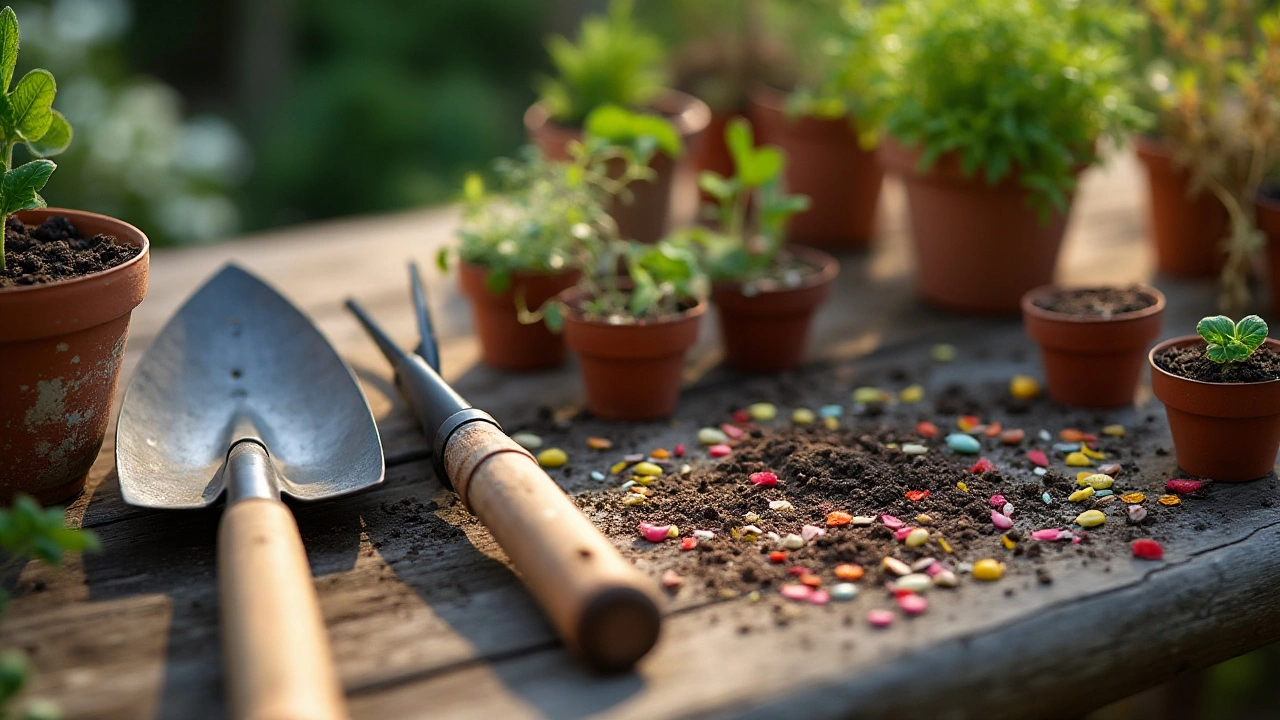
Evaluating Your Soil Type
Understanding the characteristics of your soil is fundamental to successful gardening and can influence how often you should consider garden tilling. Soil types vary widely, and each has distinct properties affecting plant growth. Generally, soils are categorized into three main types: clay, sandy, and loamy. Clay soil has small particles that stick together, retaining water effectively but poorly draining and often becoming compacted. Sandy soil has larger particles, providing excellent drainage but quick to dry out, often lacking in nutrients. Loam is often considered the best of both worlds, with a balanced mix of particle sizes, offering good structure and fertility. Evaluating your soil type involves not only recognizing its composition but also how it reacts under different weather conditions and usage, which are critical in determining your planting preparation strategies.
To evaluate your soil, you can start with some simple yet revealing tests. Grab a handful of moist soil and squeeze it. Does it form a ball or fall apart? If it forms a tight ball that doesn't easily break, it likely contains a high amount of clay. If it falls apart quickly, it leans sandy. A loamy soil will mold into a ball but crumble easily when poked. For a deeper understanding, you can invest in a soil test kit or send a sample to a local extension office for thorough analysis. These tests can provide detailed information regarding nutrient levels, pH, and organic matter content, empowering you with knowledge to fine-tune your gardening approaches. It is fascinating how each soil type requires different amounts of tilling. For instance, clay soil may need less frequent tilling to avoid compaction, while sandy soils benefit from added organic material to improve its structure.
Soil health is not only about texture and composition; it's also about life. Healthy soil teems with organisms like earthworms, fungi, and bacteria, each playing a vital role in decomposition and nutrient cycling. Over-tilling can disrupt these communities by breaking up fungal networks and harming earthworm populations, leading to a deterioration in soil quality over time. This highlights the importance of not just evaluating your soil’s physical properties, but also its biological health. Aim to foster an environment where soil life can thrive by adding organic matter, reducing harsh chemical inputs, and ensuring diverse plantings. As one wise gardener once shared, “Take care of the soil, and the soil will take care of your plants.” Reflecting on the complex tapestry of life in your soil can transform your approach to garden tilling and make it more informed and integrated.
Additional Tools for Soil Evaluation:
In addition to simple tests, there are technological tools available that can provide insights into your soil's conditions. Portable soil sensors and smartphone apps dedicated to gardening offer real-time data on moisture levels, temperature changes, and sometimes even nutrient status. These tools enhance your ability to make informed decisions about tilling frequency and other planting preparation activities. Engaging with technology not only opens new possibilities for precision gardening but also makes the process engaging and educational. Keeping a digital record of soil conditions over time helps you notice trends and patterns that might slip through casual observation alone. Integrated with traditional methods, these advanced tools can significantly enrich your understanding of what your soil truly needs.
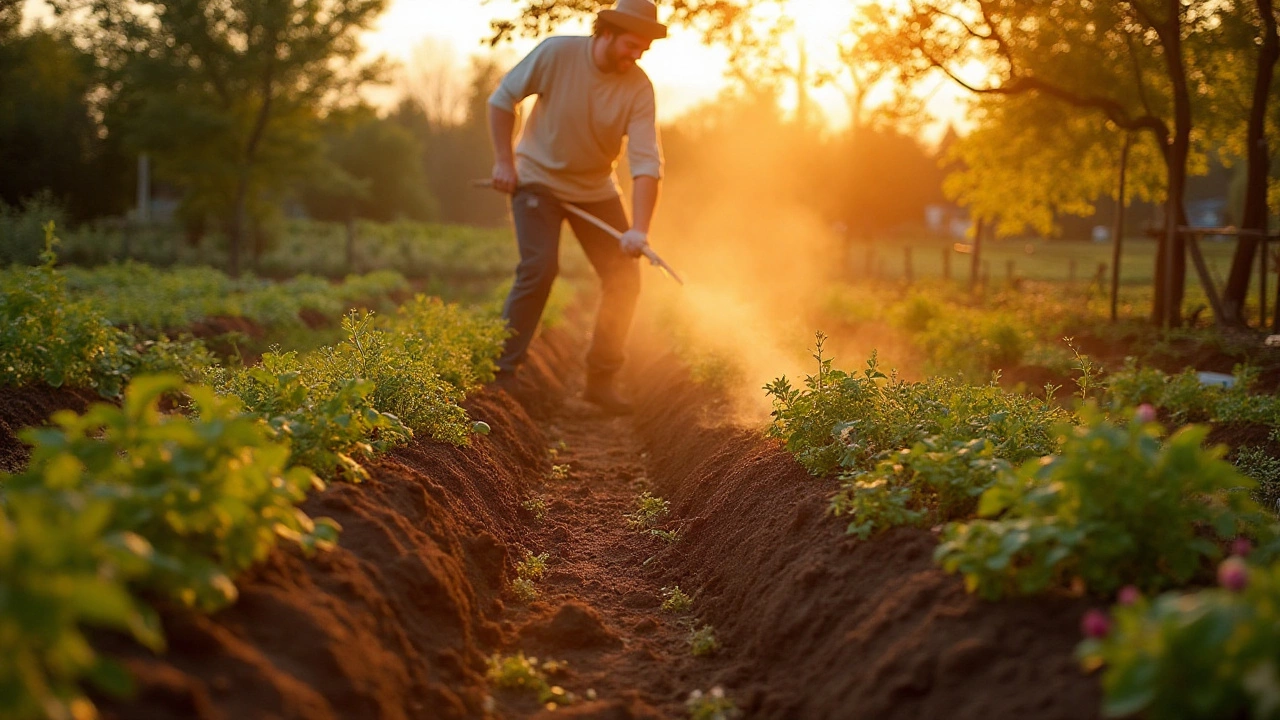
Tools and Techniques for Effective Tilling
When it comes to turning the soil, the choice of tools and techniques can significantly affect the health and productivity of your garden. Long gone are the days when gardening was just a matter of sticking a shovel into the ground. Today, with a wide array of tools at your disposal, selecting the right one requires you to consider several factors such as your soil type and size of the garden. One of the most traditional tools, the humble spade, can still work wonders in smaller plots, providing excellent control as you manually lift and turn the earth. However, for larger gardens, investing in a sturdy tiller may save you a remarkable amount of time and effort.
Tillers, often divided into front-tine, rear-tine, and mini-cultivators, each present different strengths depending on your garden needs. Rear-tine tillers, for example, are powerful machines perfect for breaking up tough, compacted soil. While a front-tine tiller is more maneuverable and suitable for small beds that need reworking. Mini-cultivators, on the other hand, serve as the perfect choice for light work, capable of easily mixing amendments into loose soil. Understanding your soil is pivotal here; for clay-heavy soils, a powerful tiller can be your best friend, while sandy soils might only need lighter maintenance.
With technology advancing in leaps and bounds, electric tillers have emerged as an environmentally friendly option for the eco-conscious gardener. Not only do these machines reduce your carbon footprint, but they also provide a quiet and fume-free experience. However, don't let the allure of machinery distract from the time-tested value of manual labor. Sometimes a good old-fashioned hoe or rake may be all a smaller garden needs, providing precision and care where machines might overwhelm. Garden tilling isn't merely an act—it's a deliberate choice that should align with the vision you hold for your garden, taking into account both sustainability and practicality.
"The right tools make the whole difference," says renowned horticulturist Vanessa Gee. "But remember, no tool can replace the gardener's touch. Understand your tools well and they'll work wonders for you."
Moreover, the technique you employ plays as crucial a role as the tools you choose. Effective planting preparation commences with understanding the flow and rhythm of your work. Start with defining the area for tilling, moving in rows or grids so that you cover every inch evenly without missing spots. Depth is critical too; when tilling for the first time, aim for a depth of around 6-10 inches to properly aerate the soil and mix in organic matter. Be cautious not to over-till, which can lead to soil compaction over time, especially if your soil is susceptible to heavy weather impacts.
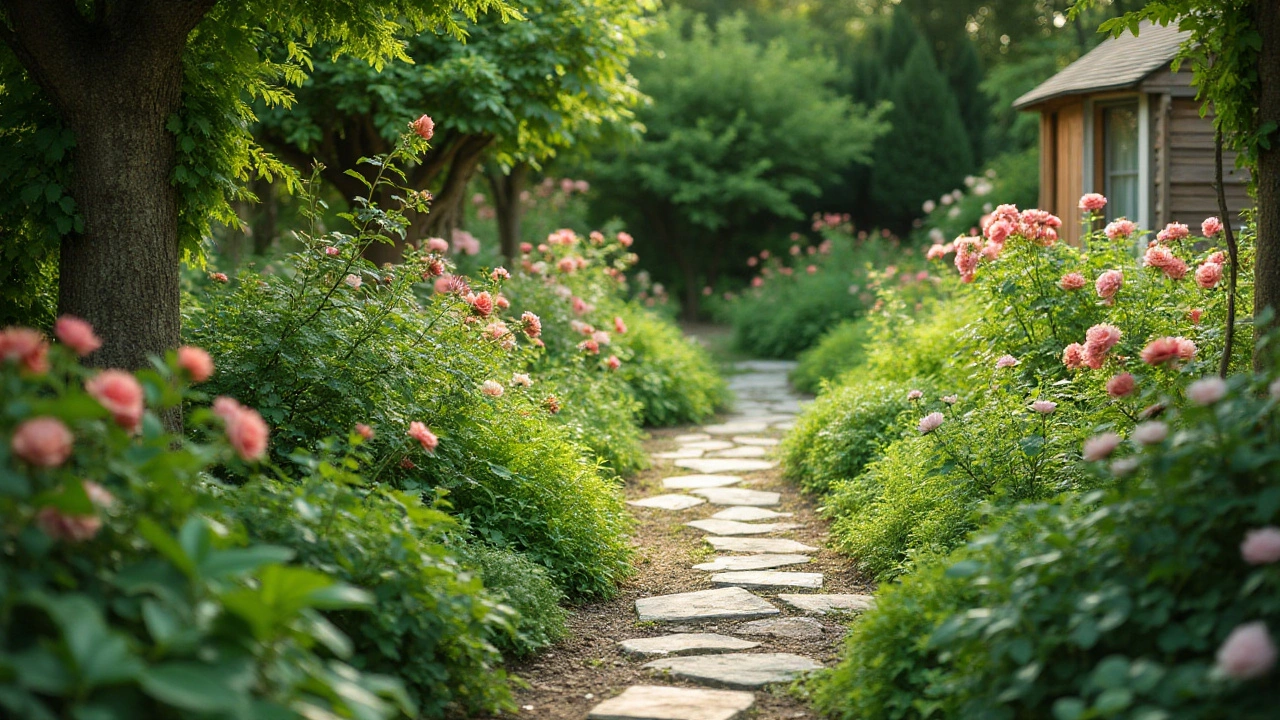
Timing and Frequency of Tilling
Determining how often and when to till your garden is a bit like learning a dance; it requires rhythm, an understanding of seasons, and keen observation of your unique soil conditions. As a rule of thumb, tilling is best done in the spring and sometimes in the fall, just before planting and after the growing season, but this is not set in stone. The decision hinges on the state of your soil, weather patterns, and the specific plants you're intending to cultivate. Many gardening experts caution against over-tilling as it can disrupt the delicate balance of the soil ecosystem, reducing its fertility over time.
Spring is a popular time for tilling because it helps prepare the soil for planting, breaking it up to improve aeration and drainage, and incorporating any organic fertilizers or composts. As winter's chill fades away, the soil begins to warm up, which is crucial for the early germination of seeds. However, the soil should be given a chance to dry out a bit after the thaw to prevent compacting wet soil, which can lead to clumping and uneven seedbed formation. An interesting insight from the University of Minnesota suggests that soil moisture is ideal for tilling if it crumbles easily and isn’t sticky when squeezed.
"Gardeners should aim to strike a balance, tilling just often enough to manage weeds and incorporate organic matter, but not so frequently that soil structure and microbial life are damaged," advises Dr. Mary Rolf, an ecological horticulture specialist.
In contrast, tilling in the fall can help to bury the remnants of your past harvest, along with pests that could potentially overwinter in plant debris. This helps to reduce the chance for disease the following year. However, fall tilling should be cautiously evaluated based on the stress it might put on the soil structure, especially if done repeatedly. An effective strategy for many might be to alternate between fall and spring tilling, based on the previous season’s crop rotation and soil health.
As far as frequency goes, for most garden settings, once or twice a year should suffice. However, if you're dealing with clayey or particularly tough soils, an extra till mid-season might be necessary to break them down further. But heed this approach with care. Overdoing tilling disrupts the harmony of helpful fungi and bacteria that support plant life. A healthy garden should ideally mimic natural growth patterns, with minimal disruption to its ecosystem.

